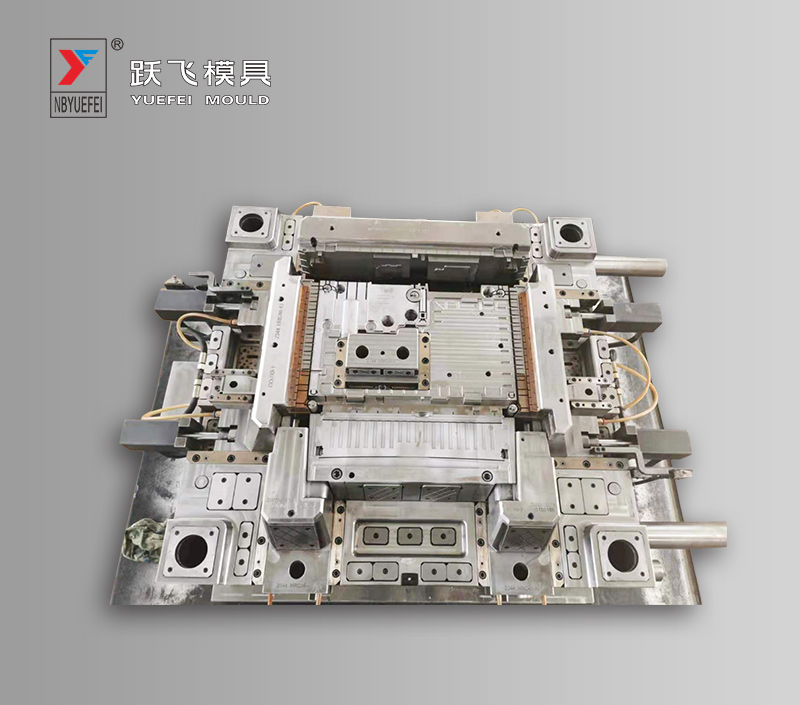1. Lightweight, low energy consumption
In the context of increasing global energy and environmental protection issues, the pace of "lightweight" and "replacement of steel with plastics" for automotive materials has been accelerated. Research data shows that: (1) For every 100kg reduction in the weight of traditional fuel vehicles, the fuel consumption per 100 kilometers reduces by 0.3-0.6L, and CO2 emissions are reduced by 5-8g; (2) For pure electric vehicles, every 100kg reduction in vehicle weight can be The mileage increases by 10% and the battery cost is saved by 15-20%.
The choice of lightweight materials is the most effective way to reduce the weight of automobiles. Automotive lightweight solutions:
(1) Realize the use of plastic instead of steel, such as the door inner panel to realize plastic modularization.
(2) Under the condition of meeting the requirements, the material with lower density is preferentially selected.
(3) Use micro-foaming technology to further reduce the density of the material.
(4) Develop high-flow, high-rigidity materials to reduce product wall thickness.
2. Comfortable and safe, low VOC
The selection of automotive interior materials is in addition to the overall beauty. The most important thing is how to choose materials with low VOC emission to avoid the existence of this "invisible killer". For example, the German Automobile Association stipulates that the concentration of formaldehyde in cars shall not exceed 0.08 ppm.
Therefore, for safety and environmental protection, it is mainly to select environmentally friendly materials to improve the air quality of the vehicle and reduce the harm of VOC gas to the human body; and for comfort, it is mainly to realize the advanced, soft and personalized interior decoration.
3. Low cost, easy to recycle
While requiring various performances, the issues of cost and environmental protection cannot be ignored. After all, these requirements are in contradiction with the recyclability of materials and cost reduction. Therefore, the new interior materials should not only guarantee no additional cost but also meet the requirements of comfort, safety and environmental protection. For example, PP+EPDM+20% talcum powder can be used for the skin of automobile insurance cover, which can reduce costs and is easy to recycle after disposal.
Therefore, the singularization of materials and reducing the types of materials used can not only reduce experimental costs, improve work efficiency, but also achieve mass purchase of materials to reduce costs, and at the same time, it can better meet the relevant regulations of automobile recycling.
www.yfmould.com



 English
English 简体中文
简体中文 Español
Español Deutsche
Deutsche















